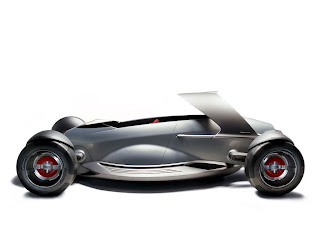
Infiniti Essence is the halo car of Infiniti that needs to define itself as a luxury sports car manufacturer. Representing the theme, "Everything I want, nothing I don't," the Essence is a front-engine, rear-drive sports coupe with seating for two. Its shape is sinewy with some interesting lines. Notably absent are side mirrors and they've been replaced with miniature cameras. The Power comes from a twin-turbocharged 3.7-liter V-6. It's not exactly the engine from the Nissan GT-R, but it is really close. The initial specs call for 434 horsepower with a 7500-rpm redline, but the final car promises a total output closer to 600 horsepower. Done with the addition of a hybrid drive system that integrates a 158-hp electric motor in parallel and combines the two power sources by way of clutches installed ahead of the transmission. A large lithium-ion battery pack leaves minimal space for luggage. The solution? Custom luggage from Louis Vuitton. With the click of a button the rear deck opens and out slides the custom cases. The automatic luggage ejection is neat — just what you'd expect of a concept. The Infiniti Essence is a part fantasy and part reality.
















































